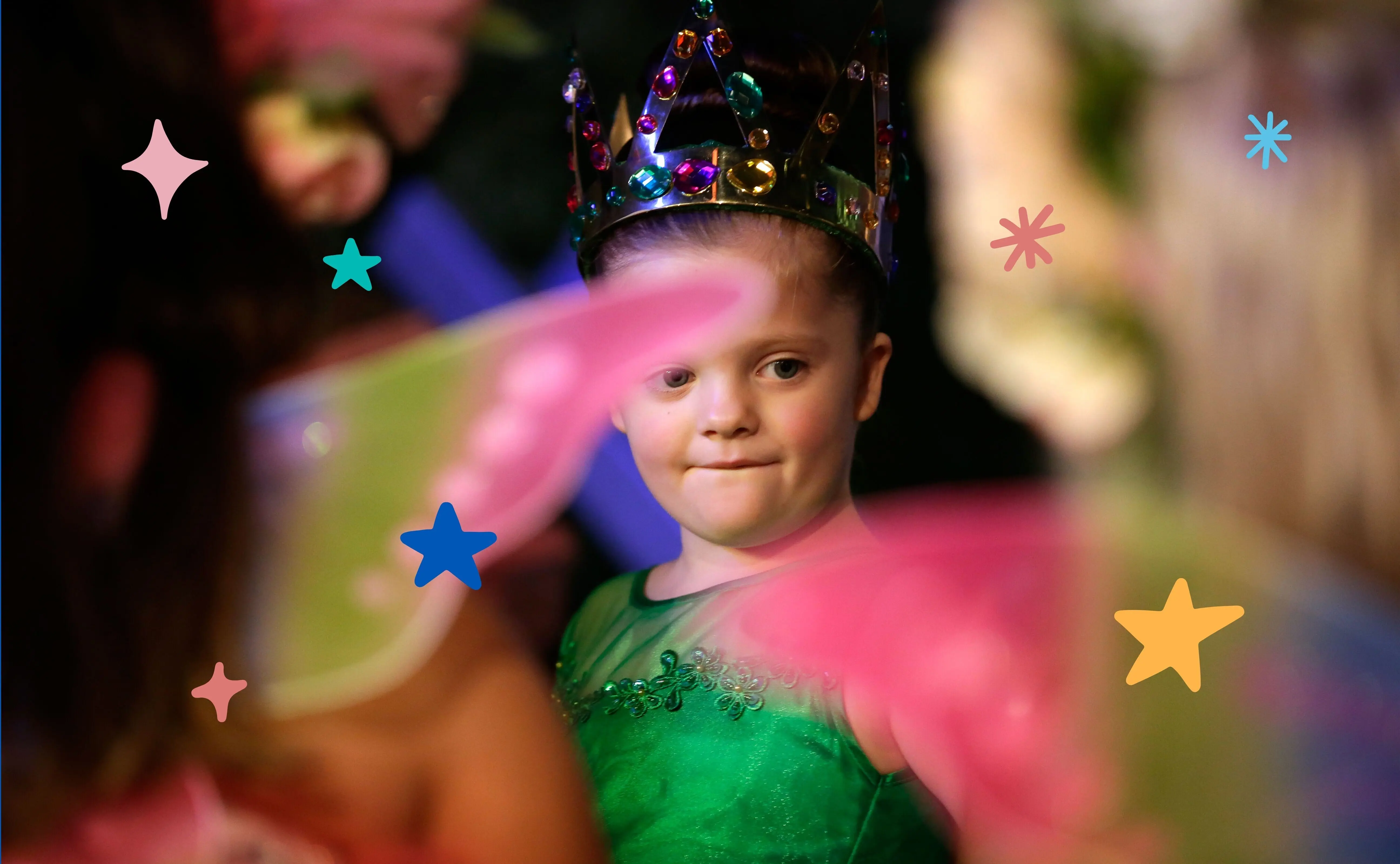
The girl who never gave up
India McGuigan's parents were told more than once that she would die in her teenage years. But not only did India defy medical opinion, she grew up to forge a brilliant career helping others.
Background
A knack for defying the odds
India McGuigan likes defying the odds.
Tell her she can’t do something, and it only makes her try harder. As mum Christine says, it’s “like waving a rag in front of a bull”.
“She’s been determined ever since she was a little girl,” Christine said.
“I remember when she was probably seven and in Grade 3, students started string instruments at school. She always wanted to play the violin. At first, they said Indie was tone-deaf. But someone pulled out, and they gave the violin to her after all.
“She practised until she could play it and become fabulous. She was in the top orchestra at high school.”
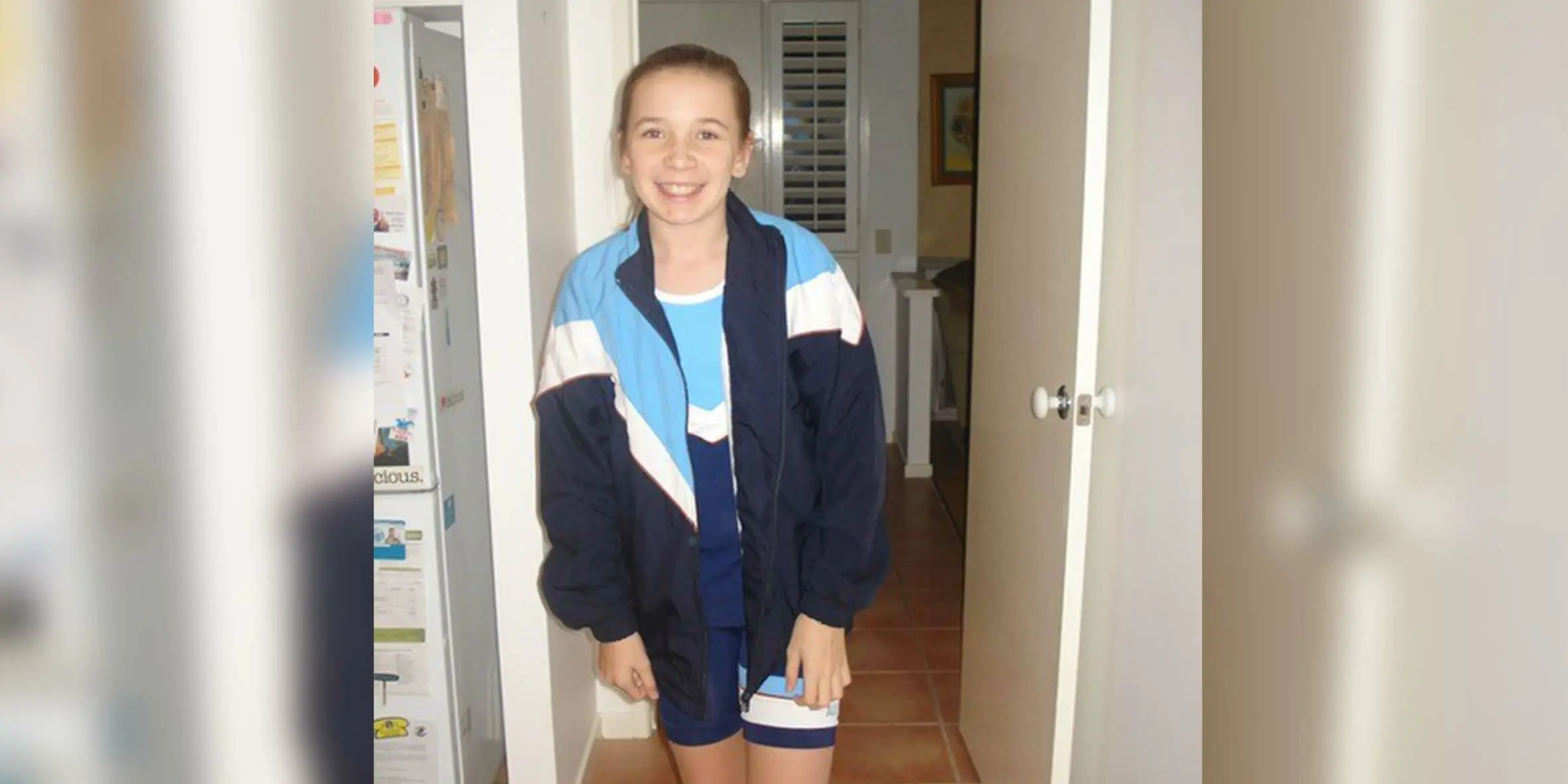
India’s determination and resolve were genuinely tested in November 2010. She had just finished Year 10, but ongoing pain in her arms and neck worried her. When tingling started in her legs and arms, she became even more concerned.
“I had a scan the day I went to the hospital, and I remember the doctor coming in and telling me I had a spinal cord tumour,” India said.
Christine couldn’t believe the diagnosis.
“It was heartbreaking. I felt my heart had been ripped out that day,” she said.
Medical journey
Surgery fails, but hope lives
The decision to remove India’s 7cm tumour was a no-brainer, however, the surgery wasn’t quite so easy, as the tumour was entwined in her spinal cord.
“I was told they needed to do the surgery, or I was going to die,” India, now 26, said.
“The concern was that if it was to grow much more, it was going to compress on the nerves that control your breathing and I would have died.
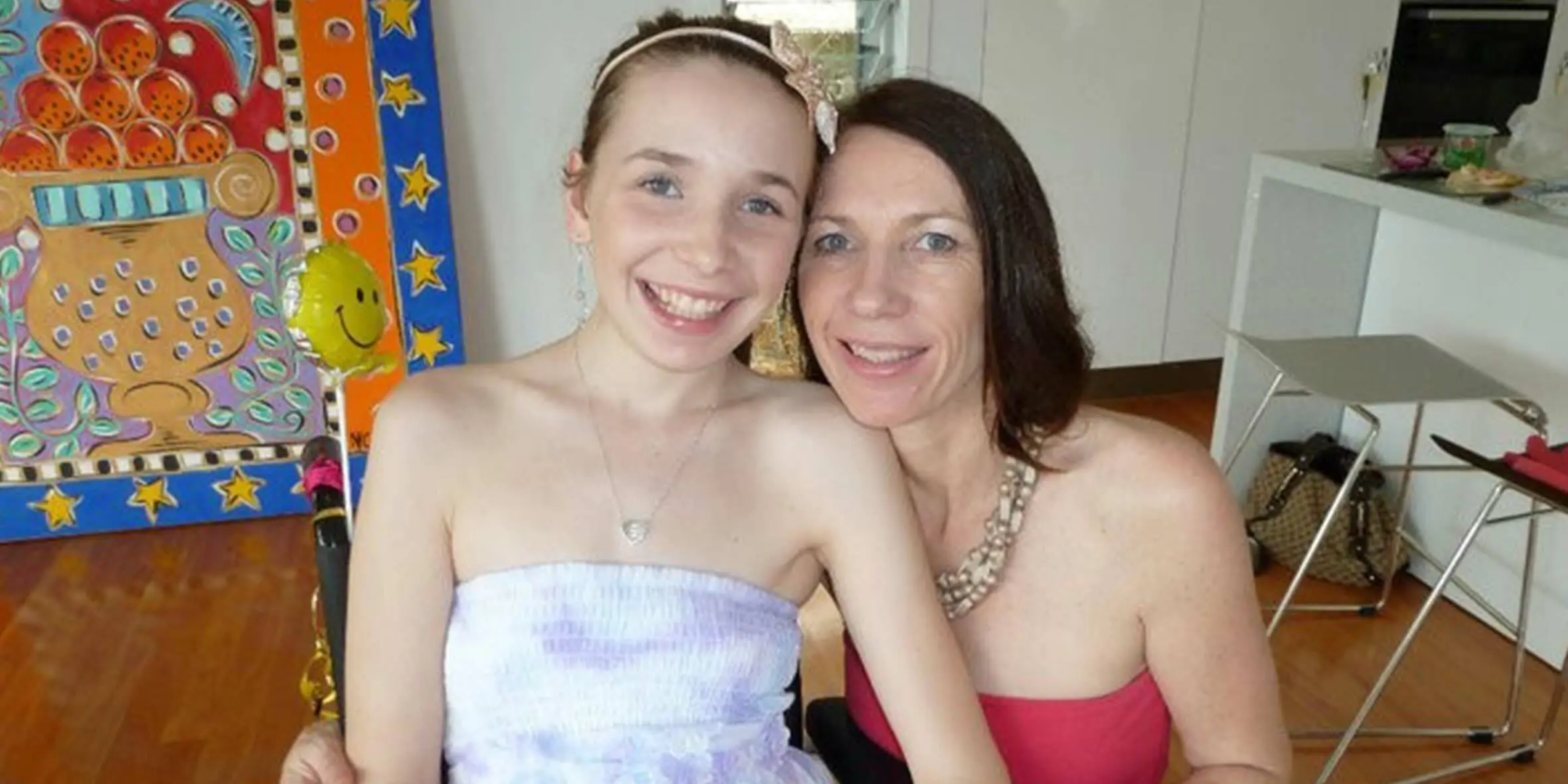
“In the end, they couldn’t remove it all, because it was right in there with the nerves and everything. They did remove some of it, so it gave me time to have treatment. But my parents were told when I came out of surgery ‘that tumour is going to kill her’.”
The surgeon’s words sent Christine’s heart into freefall, but moments later, an anaesthetist encouraged her and husband John to think positively.
“The anaesthetist said, ‘there’s always hope, never give up on hope’. And we have always hung onto that statement,” Christine said.
Bleak prognosis
'Didn't think she would see 16'
Life after surgery was challenging for India.
She started radiation and chemotherapy. India had numbness in most of her body and couldn’t walk.
“I couldn’t move my legs on my own, and I had to be showered by other people,” India said.
“I was in a wheelchair and with neurological surgeries, you just can’t really predict what is going to happen.”
Four months after her initial surgery, India’s optimism was starting to disappear. In mum Christine’s words, “she was really going downhill”.

“We didn’t think she would see her 16th birthday,” Christine said.
“We were told she may only have a couple of months to live. It was very hard as a parent to watch your child suffer.”
If by some miracle she did live, it was uncertain whether India would ever walk again.
“I was told I probably only had about three months to live,” India remembers, “because the chemotherapy wasn’t really shrinking the tumour and radiation hadn’t worked.
Optimism builds
Gossip Girl wish
“I was so sad. I couldn’t walk, I was in a wheelchair, and I couldn’t do anything for myself. I was sort of less upset (about death) than I could have been.”
Christine said India’s outlook changed the day she met her “Wish Fairy”. One of the Make-A-Wish volunteers, named Fran, visited India to ask her what she would like to wish for.
“I remember when she turned up, it gave Indie something to think about and focus on that wasn’t about being sick,” Christine said.
“As planning for the wish progressed, and they were talking about having a wheelchair provided, Indie became adamant she didn’t want a wheelchair on her wish.”
India’s wish was to go to New York and meet the cast of her favourite show, Gossip Girl.
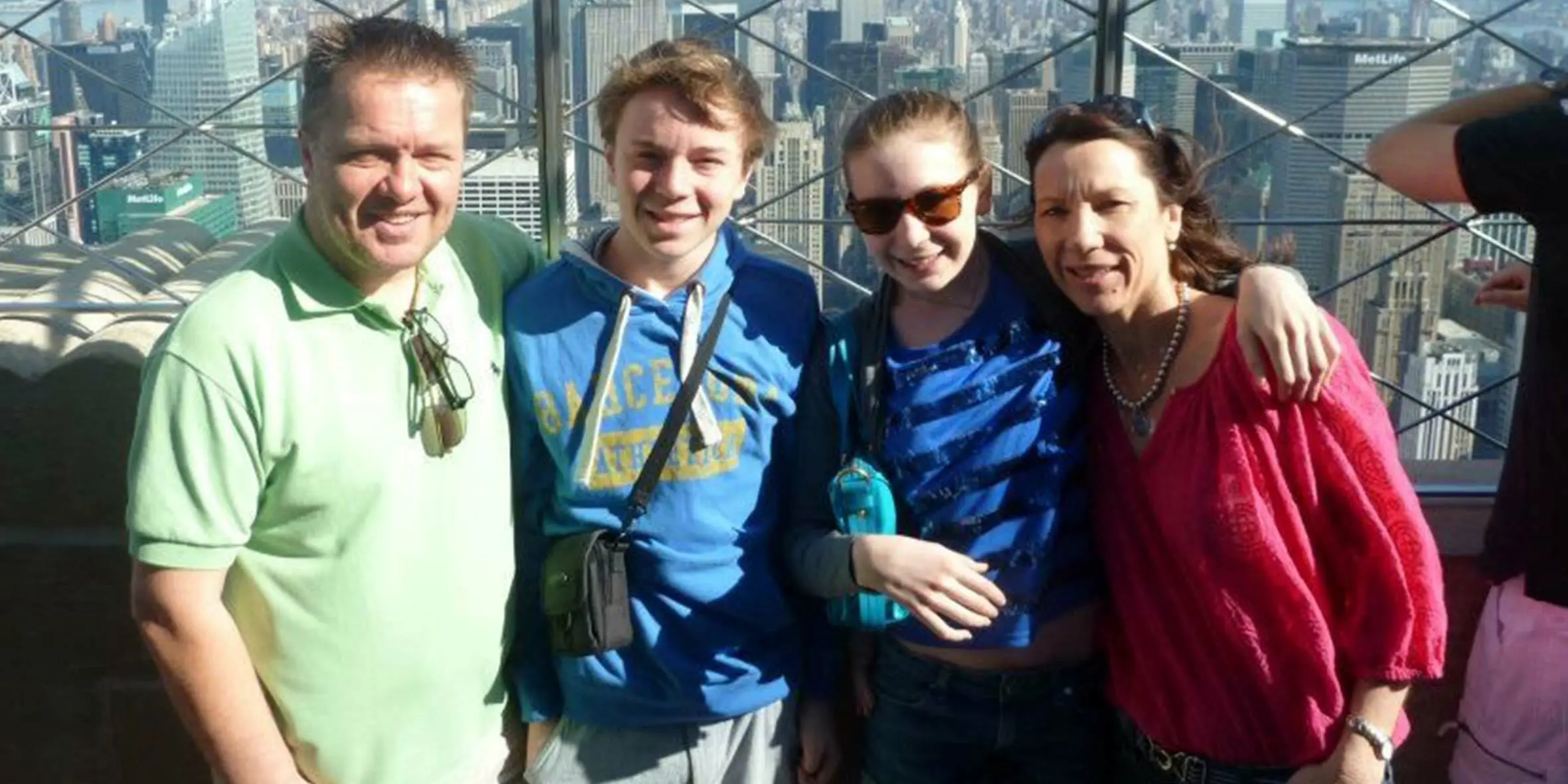
“She didn’t want to go to New York with a wheelchair or crutches or anything,” Christine said. “She didn’t want to look sick, and she didn’t want to be the sick girl in the wheelchair.
“That’s when the power of her wish kicked in … Indie could hardly walk, but that wish gave her the determination to work harder with her physio.
“Ultimately, she walked unaided on the trip, and that was the impact of the wish. I thank Make-A-Wish every day. I do firmly believe it’s part of the reason she’s able to walk today.”
Wish week
Trip of a lifetime
India’s wish trip to New York was “the highlight of her life”, Christine said.
“I remember her sitting on a bed, on set with two of the cast, and her face just lit up," she said.
“Indie was so excited for her brother, as he went on to study film, and got to spend all day on set seeing how a TV show was made.”
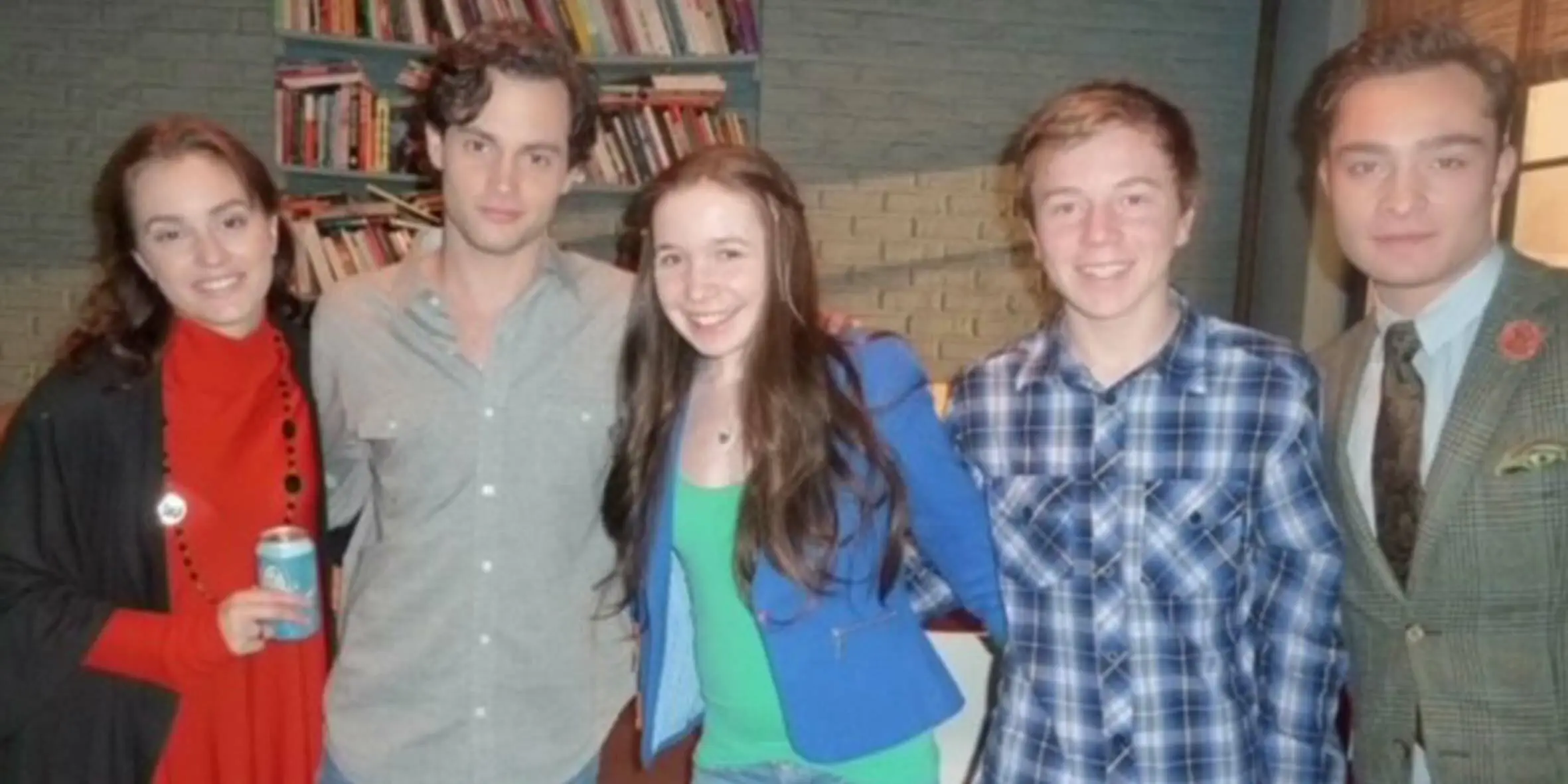
Christine said the family also saw ‘Wicked’ on Broadway, bumping into actor Daniel Radcliffe at the height of the Harry Potter movie phenomenon, and getting photos with him.
“It was the trip of a lifetime,” Christine said. “When we came back it also gave Indie a new lease on life and a feeling of wanting to get on with her life.
“She realised that life is worth living and that she can fulfil her dreams. The wish empowered her to do that.”
India agreed the wish had a significant impact in helping her progress through rehab.
“And it was a lasting effect, for many months and years,” India said.
Tumour under control
Kidneys in dire state
Four years of IV treatment shrunk India’s tumour, and for the past four years, India’s tumour has been inactive. But on the flip side, the drug has damaged India’s kidneys.
“We knew it (the drug) was damaging my kidneys, and it was a big fight over six months or so between my kidney doctor and my oncologist over stopping or staying on the drug,” India said.

By 2019, India’s kidneys had almost given up.
“My kidney function was at 6,” India said. “and that’s very bad because most people are above 90.”
India always knew a kidney transplant was a possibility, but last year, it became a reality.
All of India's family members were tested to see if they were a good match to donate a kidney.
Ultimately, India’s father John was found to be the best match. So, one day last year Christine watched her husband and daughter go into hospital together to save India’s life.
“It was horrendous,” Christine said. “You don’t like to think about what could go wrong – it could be horrific. But it went really, really well. They said he had an amazing kidney.
“John said it was his proudest moment to give his daughter his kidney because he will always be with her.”
India said she had grown closer to her dad since the transplant.
“We go out for lunch, and I talk to him on the phone, and he likes to confide in me about things that he doesn’t necessarily talk about with other people, so it’s been quite nice,” India said.
Career
India starts her dream job
In 2020, India is back in hospital almost every day. But this time, a wheelchair and frown have been replaced with a white coat and a smile.
The 25-year-old is a doctor.
Seven years of university studies earned India her qualifications. But in her mind, the plan was devised much earlier, in about Year 10.
“I started thinking about it back then, I thought I might be smart enough to try,” she said.
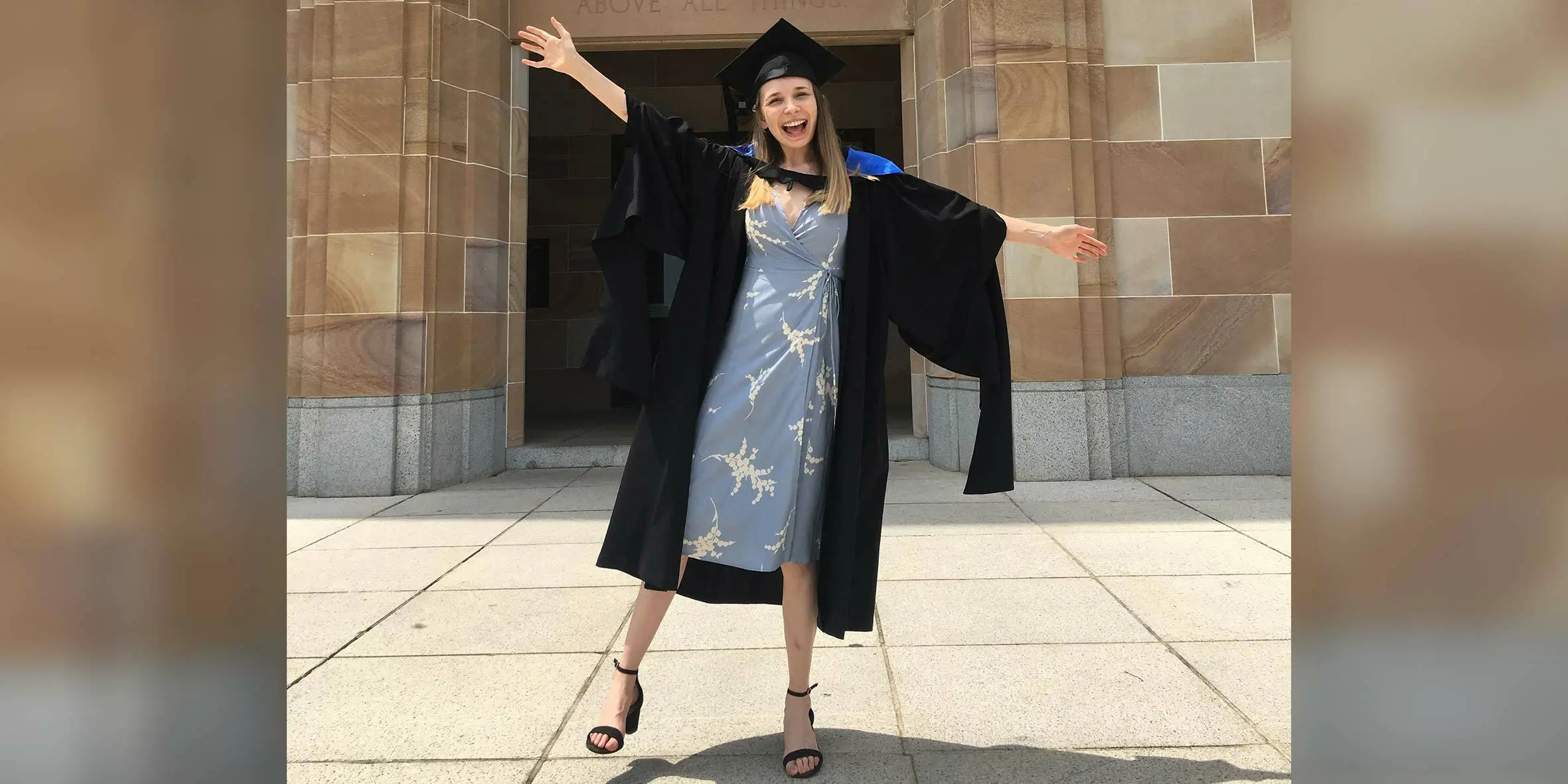
“I always like to prove people wrong. Back then, at 15, I thought ‘I could just sit here and not do anything with my life’, but then I will look back and think why I didn’t do something. So I just channeled all my energy into trying to become a doctor.”
Not only does India bring her significant brainpower to her job, but she also has an abundance of compassion and empathy to offer her patients.
“I think my medical journey definitely does help in my job,” India said.
“It’s something I am starting to notice in the brief time I have been here in the hospital. It just gives a level of understanding, a level of empathy, and the ability to put yourself in your patient’s shoes that a lot of others perhaps don’t have.
“I think it also does help me to be able to talk to patients. You know what you’d want to know as a patient, you’re able to give them the information they need.
“I just have this feeling though – I can’t believe this is my job; it doesn’t feel like something I should be getting paid for. I really enjoy it.”
Understandably, Christine is also smiling.
“I am so very proud to be Indie’s mum,” she said.
“And I am so thankful that Make-A-Wish came along when it did because I don’t know whether I would have had the last ten amazing years with my beautiful girl without Make-A-Wish.
“If it had been two months later, we wouldn’t be where we are today. Make-A-Wish gave her the hope she needed to keep fighting.”
Listen to India's interview on ABC Radio Brisbane, September 15, 2021 https://www.abc.net.au/radio/b...
She walked unaided on the trip, and that was the impact of the wish. I thank Make-A-Wish every day. I do firmly believe it’s part of the reason she’s able to walk today.
Christine India's mum
The Wish Journey
How a wish comes to life
Make-A-Wish volunteers visit each child to capture their greatest wish, getting to the heart of what kids truly want and why. This profound insight is part of what makes Make-A-Wish unique, giving children full creative control and helping to shape their entire Wish Journey.
Back at Make-A-Wish HQ, we partner with families, volunteers and medical teams to design the ultimate wish experience - and start rallying our partners and supporters to help make it happen.
In the lead up to the wish, we take each child on a journey designed to build excitement and provide a welcome distraction from medical treatment. Anticipation can be incredibly powerful, helping to calm, distract and inspire sick kids at a time they need it most.
When the moment finally arrives, children get to experience their greatest wish come true - it's everything they've imagined and more. Pinch yourself, and don't forget to take a breath and enjoy every precious moment!
Wish impact studies show that a child's wish lives on, long after the moment. A wish gives more than just hope – with an incredible and lasting effect on the lives of sick kids, their families and wider communities.
